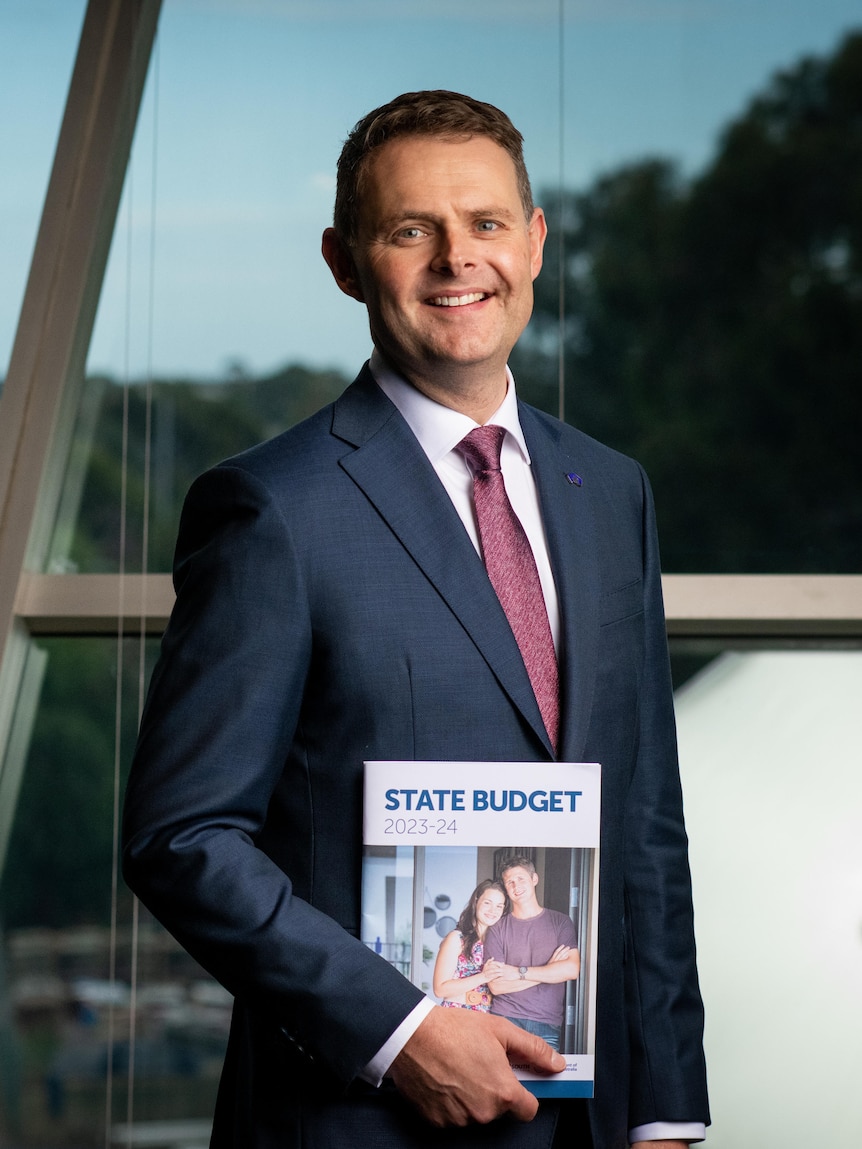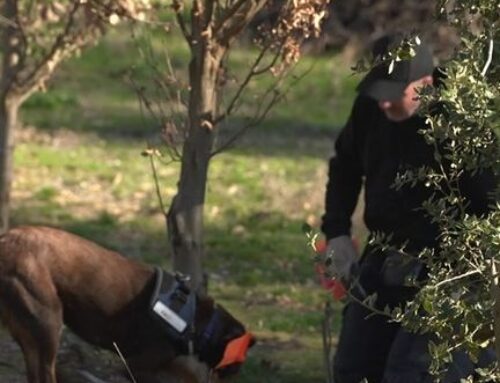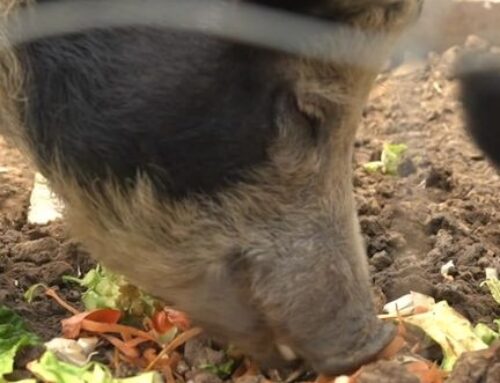South Australia’s credit card bill is growing by the day.
Thursday’s budget confirmed the state is on track to reach an eye-watering debt figure of $37.6 billion within the next four years.
For context if every South Australian handed over $20,000 to the state government, it still would not clear what’s owed.
But Treasurer Stephen Mullighan has downplayed concerns over the debt, saying a strong jobs market and increased GST revenue means the government can borrow more to fund big infrastructure projects.
So, just how big is the government’s debt problem?
What is the debt?
Government debt is essentially like a mortgage, but instead of borrowing money to buy a house, the government takes out loans to fund projects and services it otherwise would not be able to afford.
The more money the government borrows, the bigger its debt and interest repayments.
A measure called “non-financial public sector (NFPS) net debt” is most-commonly used to show how much money the government has borrowed.
This time last year, the government estimated SA had a $24.7 billion NFPS debt.
Its latest budget papers handed down on Thursday show that by July 1 this year, that figure would rise to $26 billion before growing to $37.6 billion by 2026-27.
By then, the state’s debt will be far bigger than its yearly revenue.
That is, if every single cent the South Australian government raised for 12 months went to paying off borrowings, the debt still would not be cleared.
Going back to the housing analogy: The government is adding to its mortgage, but the money coming into its bank account is not keeping pace, meaning the state is plunging further into debt.
Why is SA’s debt growing?
In this budget there are two key reasons.
One is the government wants to build a $3.2 billion new Women’s and Children’s Hospital.
The other is the $15.4 billion cost of completing the Torrens to Darlington tunnels section of the North-South Corridor.
The government does not want to cut funding to frontline services or introduce new taxes, meaning it must look elsewhere to fund its commitments.
The government argues it is comfortable increasing its debt because it believes the new hospital and expressway would deliver long-term social and economic benefits to the state.
So what’s the problem with the debt?
The debt also means the state must pay increasing interest bills.
SA is set to pay $1.2 billion in interest charges next financial year, rising to $1.7 billion by 2026-27.
To put that into perspective, that is more than triple the amount the government is spending on its cost-of-living package next financial year.
And as global interest rates go up, that cost spikes significantly.
Debt levels could also limit the government’s ability to respond to if financial shocks hit the state in the future.
What’s the government saying about it?
Mr Mullighan said the government would closely monitor the cost of servicing its growing debt.
But he said he felt the government could handle the debt rise, citing the net debt to revenue ratio as being “significantly below” the levels predicted by the former Liberal government, which had planned to start work on the North-South Corridor earlier.
“Our economy has grown, our state budget has grown, our revenues have grown,” he said.
“That’s given us a greater capacity to service this debt.
“That’s given us the comfort of expanding the budget for the tunnels project, for taking on a fit-for-purpose Women’s and Children’s Hospital project with its higher cost.”
Mr Mullighan said, while debt was on the rise, the government had to make careful decisions about which projects it prioritised.
“You would have seen in this budget as well, really only one new project of substance and that’s the new forensic sciences building at $350 million,” he said.
“You will already see the behaviour of this government holding back on further major investment decisions because we know we’ve got to stomach these two major projects.”
But opposition spokesperson Heidi Girolamo said she was concerned about rising interest rates and a potential recession.
“Future generations are going to have to cover much of this cost and, I think, from an infrastructure perspective that’s vital,” she said.
“All of this is being paid by credit rather than actually having income come into the state.
“I think the $37 billion in debt is absolutely astronomical.”




